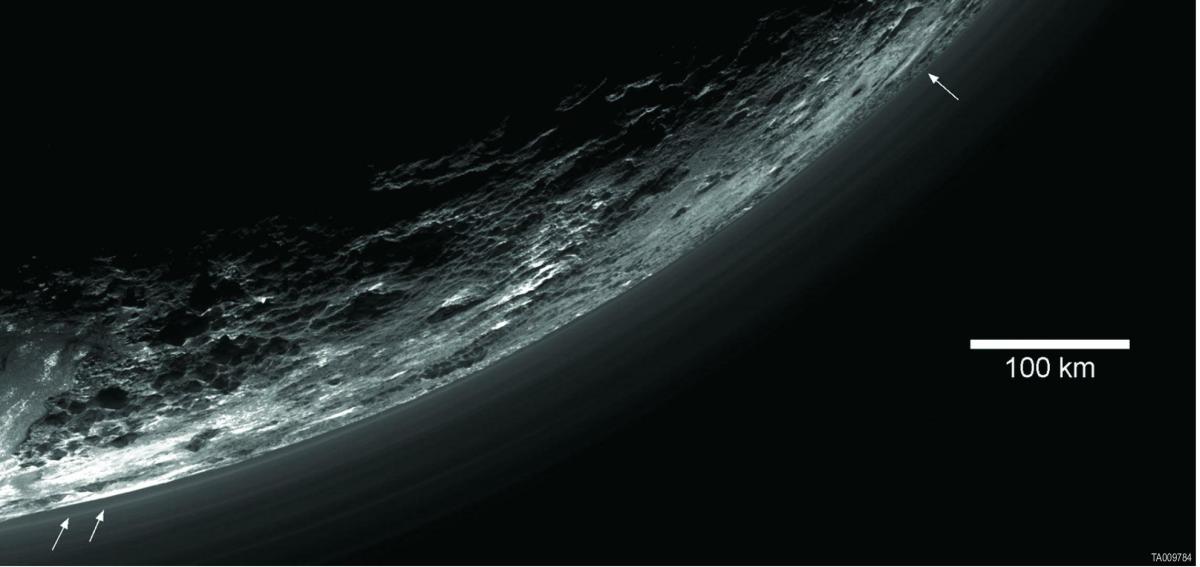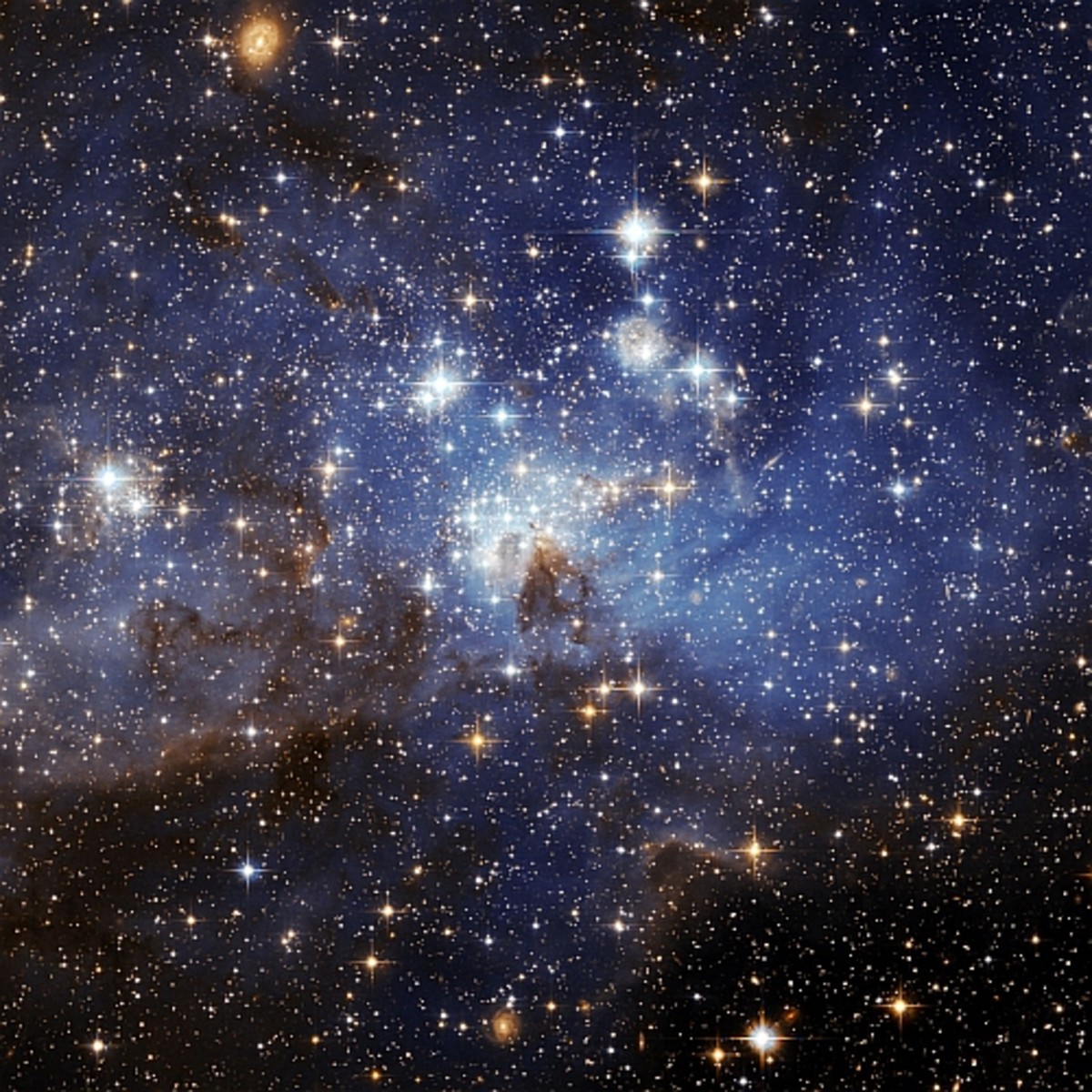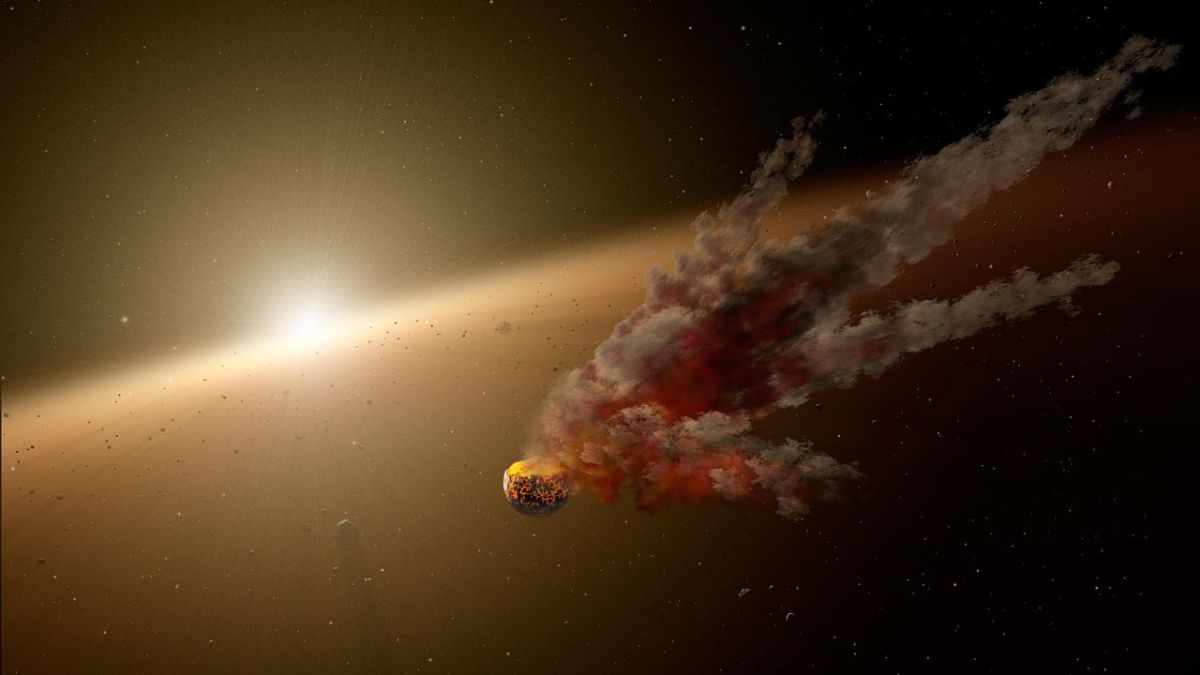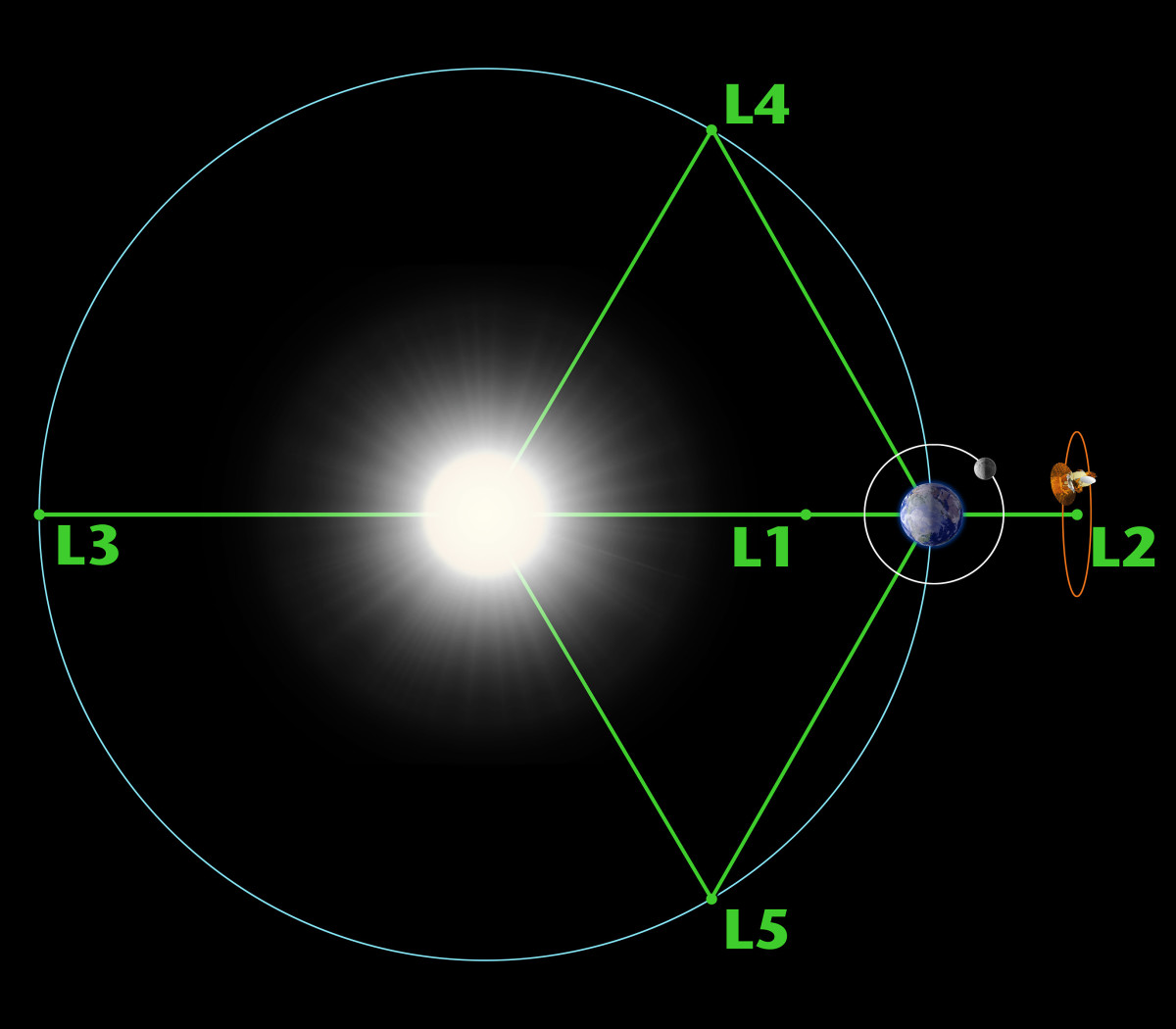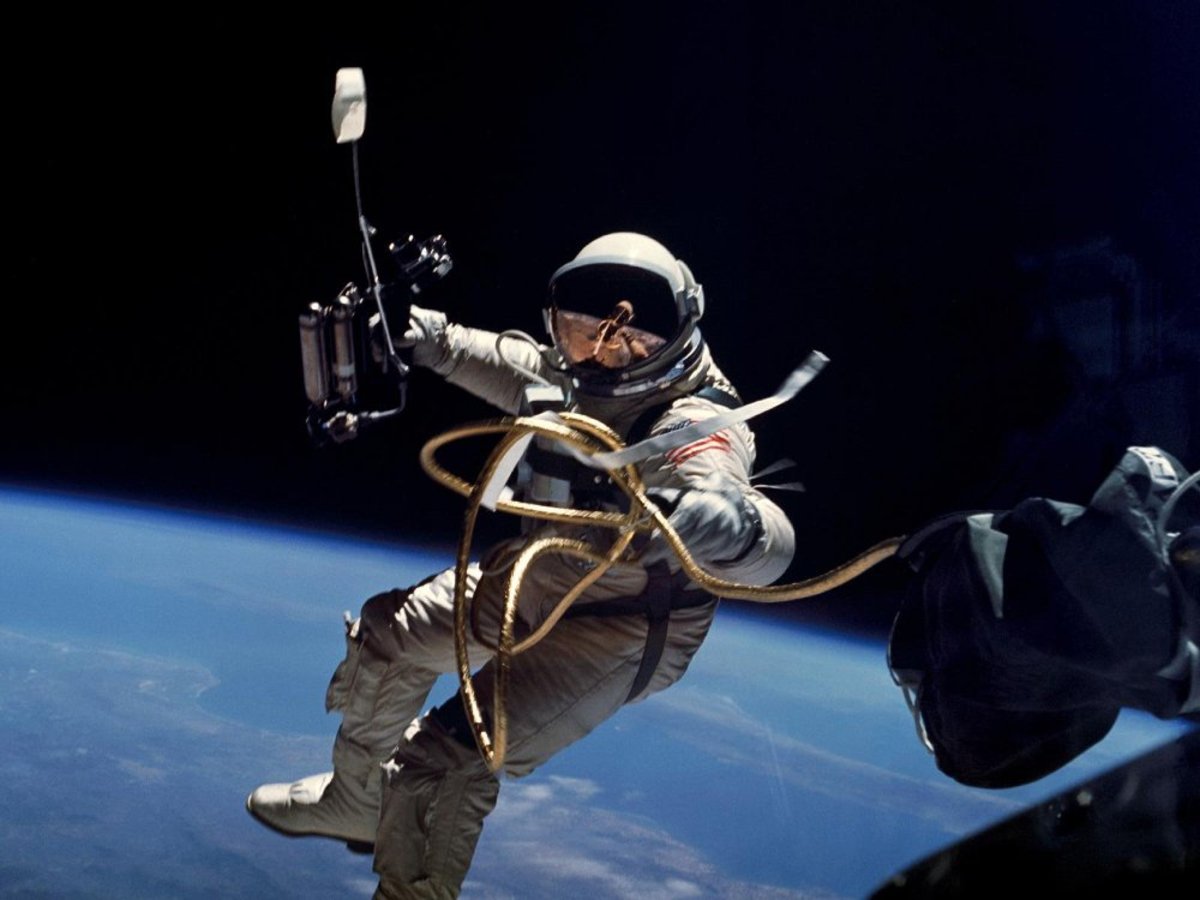Possible Space Travel and Exploration Means of the Future
From chemical to ion drive to using the space super-highway, there is more than one way to move in outer space.
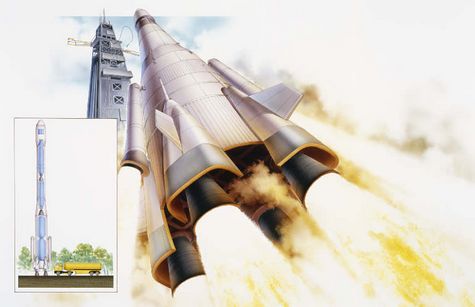
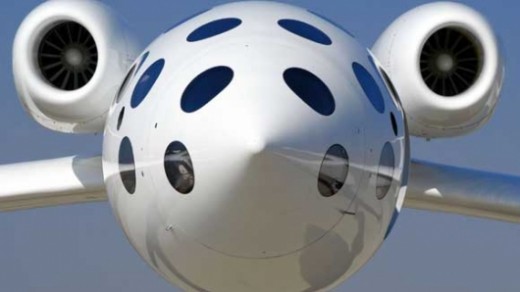
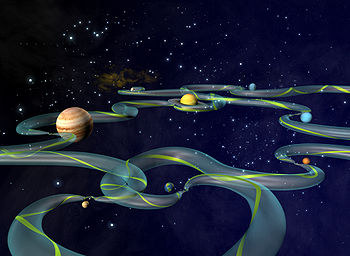
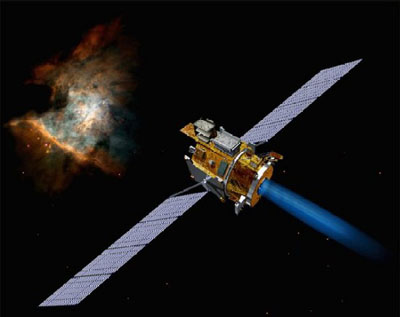
Many possible technologies exist to propel us into space.
The recent turn of NASA toward the race back to the moon has been inspired in part by China's recent successes in space, their goals for lunar colonies and the designs of Japan and India add further encouragement. Looking at the new NASA moon probes, one may think of Steve Martin's movie "The Jerk" where he starts off in a small tarpaper shack only to end up with a larger version of the tarpaper shack after gaining and losing a fortune. The new manned moon probe looks like a scaled up Apollo program. Even the LEM is an updated version of the ungainly original one. Is this the future of space exploration; a reworked "tarpaper shack" in the sky? Now that the Shuttle space program is coming to a close, there is even debate that the Constellation program will ever get off the ground because of the economy that's in a shambles after Sept 2008. At the same time there are many promising space technologies in the works that now appear to be on hold. Even if the Constellation program is allowed to fly, it would be without the original and mighty Saturn 5 that was the most powerful rocket ever launched?
NASA is hidebound by old forms that originated from the Nazi V-1 and V-2 programs. By now, with the promises of new technology, these are outdated and outgrown. To colonize the moon, Mars, the planets and stars, we need a much bolder mission than an old "tarpaper shack" moon probe. There exists other ways to launch a deep space mission and colonize space. There are many great ideas that are still on the drawing boards. There are also new discoveries, such as the interplanetary highway that can get us anywhere in the solar system with very little fuel. As for launch hardware, tentative experiments have never gone beyond the testing stage, even if they have proven viable. The reason is that we are more obsessed with affairs of economy and wealth here than a future in space. More money is poured into warfare than in the space program, except where the space program intersects with the military, such as Reagan's expensive and fruitless Star Wars program. Yet space holds the key to a vaster and richer economy than is ever possible on Earth alone. Taking the long view will help us take the higher ground.
The International Space Station is now a good jumping off point to the moon, Mars, the planets and deep space; but it is only that. Similar stations positioned at Lunar Lagrange point (L4) or L5 would be a great advantage as will be described further. From here we can build great ships in space away from the restricting influence of gravity. We can break the curse of 98 percent fuel and 2 percent payload. We can have ships mostly payload that are remotely fueled. Besides there is a "super highway" in the solar system that has been worked out by space flight engineers like Martin Lo of JPL, where a minimum of fuel is required to go from planet to planet. Originally, it was worked out in the main during the days of the Voyager probes. Both the NASA Genesis and the WMAP probes have used the "superhighway" as well as the European Space Agencies SMART lunar probe. Even though the "superhighway" is no expressway, it does allow for long range missions for a minimum of fuel requirements if one does not mind waiting a little longer for results.
Lagrange effectively argued the point of gravitational places of equilibrium between two large masses. He found two of the five positions of gravitational balance between them. Three of these were unstable and had been postulated earlier by Euler. Two were more stable under the influence of perturbation from other masses as later found by Lagrange in the 18th century. All five points came to be known as Lagrange points. The problem was approached using two large, but unequal masses and other relatively massless points that were vanishingly small. It was found that gravitationally stable points on relation to two unequal masses were located in the orbit of the smaller mass around the larger mass. These points form one point of an equilateral triangle on a radius vector between the two masses. This works out to 60 degrees ahead and behind the smaller mass in orbit around a larger one. This can be true for a planet in a circular orbit around a star. Provided there are no outside influences, the gravitationally stable points are always centered on 60 degrees before and after the smaller mass in its orbit about the larger mass. However, the real case is not so perfect. Orbits are more elliptical and all planets perturb each and every other one. This didn't thwart Lagrange as one can see in his text on the angular relationships between planets. Indeed, elliptical orbits create a situation where there is a balance between different planetary orbits. Now planetary relations are always changing and this causes perturbations at each of the Lagrange points. Relatively massless points near Lagrange points 4 and 5 move about the points in an enclosed orbit about the points, always seeking the gravitational point of balance, pulled one way, then the other by perturbing planets and orbital eccentricity of the main orbiting body. Further, work done by Poincare on chaos and orbits indicates that a "halo" region exists around each of these points where objects can orbit in three dimensions and time.
It is well known that numerous asteroids move in elongated and enclosed orbits in advance and in after Jupiter in its orbit and in inclinations separated from Jupiter's orbit. These halo orbits trace a path that look somewhat like the outline of a typical Pringles potato chip. These asteroids are known as the Trojans and the Greeks and they have a close 1:1 ratio to Jupiter. They orbit about the Lagrange points 4 and 5. Thus these confirm Lagrange's views and mathematical analysis. There are some 2,500 known Trojans. It is likely that Earth has them, as they have been found in the orbit of Mars. Future space probes will confirm Earth locked Trojan asteroids and rubble.
In combination with the existence of Lagrangian points, Poincare complex orbits, halos and changing planetary interrelationships, a space probe can travel great distances with nothing more than a combination of gravitational assists and balance points. Though the paths can be longer and rather "loopy", they get to their destination without the use of any fuel except for minor course correction burns at the appropriate moments. Suppose for a moment you wanted to travel to Saturn. We can park a probe in the Lunar L4 or L5 point and wait until we have a suitable alignment from Mars and Jupiter. Using a Martian orbit Lagrangian point (L4 or L5) we can coast gravitationally "downhill" to that point and if this is aligned with a similar Jovian Lagrange point, coast to Saturn with only minor burns to redirect the probe. As a "halo" exists around the points, there is a rather wide target zone. This can be seen literally with the Jupiter Trojans. The balance points would be easy to target. It would be like surfing a gravity free environment within all the planetary and the solar gravity wells that are so detrimental to brute force space flight.
By using the interplanetary superhighway we can navigate to resource rich, low gravity asteroids of the Apollo, Aten and Amor group and mine them for resources to build space stations, vehicles, probes and colonies without lifting them off planets. They can be smelted and refined in solar processing facilities at Lagrange points. The raw materials can be assembled into space vehicles that can further explore and develop settlements all through the solar system and eventually to the stars.
Using planetary alignments, Lagrangian zones and Poincare complex orbital dynamics with fuel as well; this can allow space vehicles to reach speeds that allow for much faster interplanetary travel. Using the interplanetary superhighway we can take the path of least resistance instead of using mere brute force considering only escape velocity and orbital speeds. Using the interplanetary superhighway from a Lagrangian point can allow for a jump off to the planets with only a minor burn to get to the planets and moons of the solar system. The Voyager probes used gravitational assists in their day. Decades later, they are the fastest moving probes in the solar system and they are now well inside the Kuiper belt. More contemporary probes have used some of the interplanetary superhighway in order to achieve positions over the solar poles and to reach comets. Probes of the future will exploit all the features of the interplanetary superhighway. Combined with remote fuelling, some of these probes will more likely achieve a significant fraction of the speed of light. Then it will be possible to target nearby stars and explore some of the exciting new planets that we have found like Gliese 581c. Instead of waiting for a 100,000 years for results, we can feasibly reach it in 100 years.
Remote fuelling is accomplished by using an ion drive coupled with a rectenna, which receives power by way of a MASER (Microwave Amplification by Stimulated Emission of Radiation). The MASER that is powered by the sun can be located at lunar L4 or L5 or the Earth orbit L4 or L5 points. Vast amounts of power can be collected by the sun, tuned to power a MASER which will in turn be targeted by reflectors to various ion driven probes in the interplanetary superhighway that snakes and shifts throughout the solar system. Thus these probes will get a boost from the sun and use the zero gravity interplanetary superhighway to speedily reach far flung destinations.
Remote fuelling of Ion propulsion in combination with the interplanetary superhighway will allow space probes to escape the solar system to travel to the stars. Proper use of both will allow for speeds far greater than we are using these days. These speeds will be required if we are to reach the stars in a reasonable amount of time rather than in tens or hundreds of thousands of years. All of the technologies and knowledge herein described are existent and proven ideas. We can do this right now, without having to wait for arcane idea such as matter-antimatter drive, wormholes, warps, space folds or whatever, which are all speculative.

